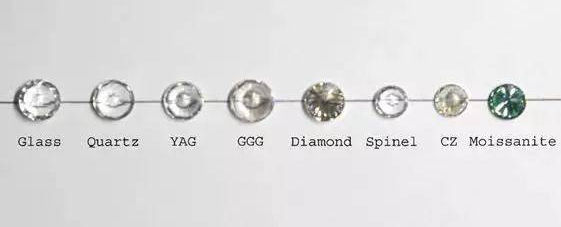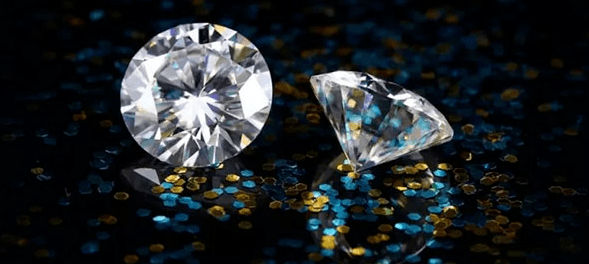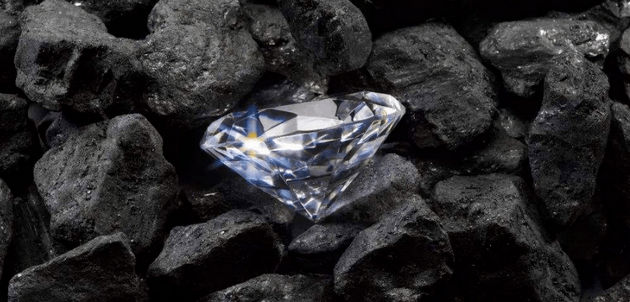
In recent years, a new way of thinking about diamond selection has developed, with lab-grown diamonds becoming the focus of the scientific and fashion worlds, and even attracting the support of Hollywood stars.
How do Lab diamonds eliminate the large amount of fossil fuels consumed by natural diamond mining, yet have the same optical, chemical, thermal and physical conditions as those found in mined diamonds?
Lab diamonds are graded using the same 4C's as natural diamonds, the "4C's" pioneered by the Gemological Institute of America (GIA) and the International Diamond Grading System.
Diamond
The GIA pioneered the "4Cs" standard and the international diamond grading system, which certifies diamonds in four dimensions: color, clarity, cut and carat.
The diamond is certified in four dimensions: color, clarity, cut and carat. Lab diamonds also have three major advantages over natural diamonds.

First, The price, which is only 30 to 50 percent off the retail price of a natural diamond. For example, at the same level, 20,000 may only buy a 20-point natural diamond ring, but you can buy a 1-carat lab grown diamond ring.
Second, mass production is possible, compared to scarce natural diamonds, especially fancy colored diamonds, but Lab diamonds are available for mass production.
Third, it is environmentally friendly, compared to mining, which is very unprotective of the environment, unsustainable, and not in line with the ESG philosophy.
After breaking the original market rules, the high quality and large carat quality of Lab diamonds have attracted the interest of many newcomers at home and abroad, but although they are called
However, although they are all called "lab-grown diamonds", there is a big difference between which lab they come from and how they are cultivated. In recent years, the technology of artificially cultivated
The technology of lab-grown diamonds has become more and more stable, and because of their relatively stable quality and affordable prices, they are gradually gaining popularity among consumers and are beginning to shine in the diamond market.
The diamond market is beginning to shine.

Ice in a refrigerator is the same as natural ice, Lab diamonds and natural diamonds are both diamonds
Lab diamonds are diamonds grown in a laboratory through modern technology that simulates the growth environment of natural diamonds.
The crystal structure, physical properties, chemical properties, and optical properties of both are identical, and Lab diamonds can be compared to natural diamonds in terms of transparency, refractive index, and dispersion.
The two are the same in terms of crystal structure, physical properties, chemical properties and optical properties, and the Lab diamonds are comparable to natural diamonds in terms of transparency, refractive index, dispersion, etc. Both have the same properties and are real diamonds, unlike imitation diamonds such as moissanite and cubic zirconia.

They are real diamonds, unlike imitation diamonds such as moissanite and cubic zirconia.
Lab diamonds and natural diamonds are identical in nature and hardness, but the biggest difference is in the way they are formed.
Man made diamonds are artificially grown in a laboratory, while natural diamonds are formed naturally in the ground over hundreds of millions of years. Lab diamonds have been officially included in the U.S. Trade Commission since the diamond, international authoritative testing agencies GIA, IGI, one after another to cultivate the diamond opening certificate, 4C standards and the same diamond. Domestic NGTC, NGIC these national inspection certificate, NGTC the most authoritative, the standard and GIA as stringent.













